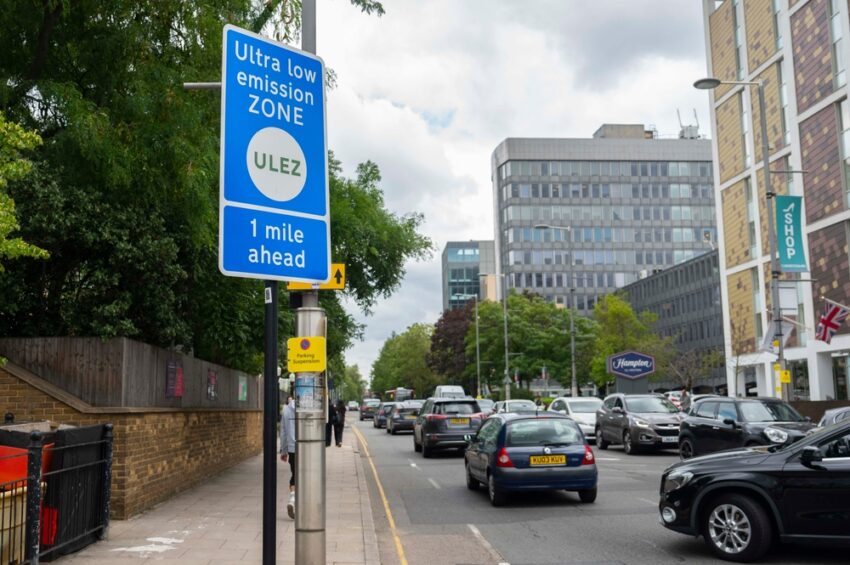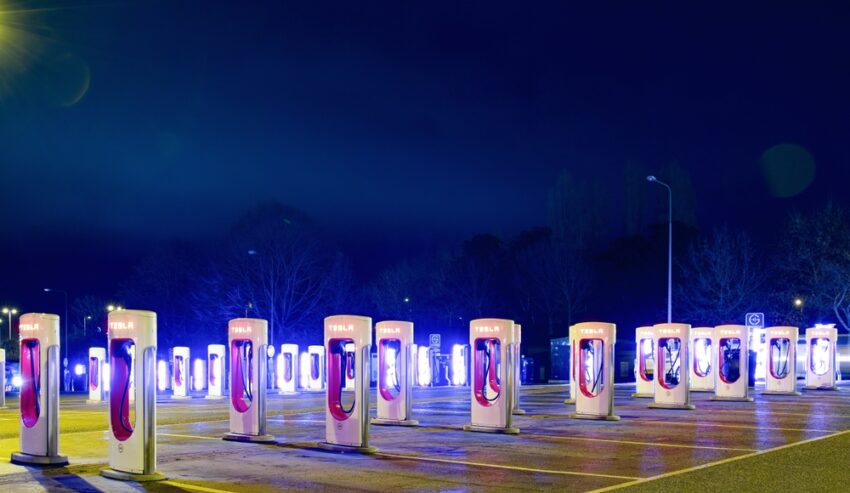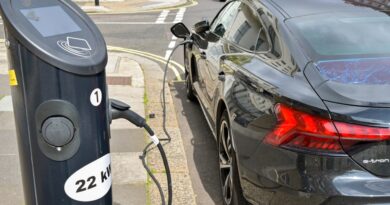Car dealers can be a driving force for greener transport
Tom Carr is managing director at automotive consultancy PHM Group, which helps retailers and global car makers across all elements of vehicle sales. Here, he explains how car retailers can empower customers to switch to EVs
EVs are becoming the new normal, no longer the exception to the rule, but the new part of the automotive rule book. However, with a new shift comes a new set of terminology and systems to learn. For us motorists, we lean on retailers to help us in this transition, and for manufacturers it’s the same – they rely on salespeople to guide buyers through the transition from fossil fuel to electric power. But where do retailers start, and what resonates the most to push buyers switch to electric?
Highlighting the economic benefits
Let’s start with one of the most persuasive reasons to go electric: the financial advantages. Electric vehicles (EV) offer significant cost savings compared to internal combustion engine (ICE) vehicles, and this is a point retailers should really lean into.
First, consider the lower running costs. Unlike ICE vehicles, EVs are powered by electricity, which is generally much cheaper than petrol or diesel. With fuel prices fluctuating and often trending upwards, the predictability of electricity costs is a major plus for businesses looking to control expenses. Moreover, EVs have fewer moving parts than ICE vehicles. This mechanical simplicity means there are fewer things that can go wrong, resulting in lower maintenance costs. There’s no need for oil changes, exhaust system repairs, or expensive gearbox replacements, which are common with ICE vehicles. Over the lifetime of a vehicle, these savings can be substantial.
But the financial benefits don’t stop there. EV owners can also take advantage of lower road taxes, thanks to the zero-emission status of these vehicles. In many regions, governments offer tax incentives, grants, and subsidies to encourage the adoption of EVs. For businesses, there are often specific incentives available for installing charging infrastructure on-site, which makes the transition to EVs even more financially appealing. Retailers who are well-versed in these incentives can provide valuable guidance to their customers, helping them to see the full economic picture.
Promoting environmental and regulatory advantages
Beyond the financial benefits, there’s the environmental impact – a growing concern for many businesses. In an age where sustainability is more than just a buzzword, adopting EVs can significantly enhance a company’s green credentials.
As we know, EVs produce zero tailpipe emissions, which is a huge step forward in reducing air pollution and combating climate change. Businesses are increasingly aware of the need to reduce their carbon footprint, not just for the sake of the environment but also for their public image. Consumers and stakeholders are paying more attention to how companies operate and the environmental impact they have. By switching to an electric-only fleet, businesses can demonstrate their commitment to sustainability and corporate social responsibility (CSR). This can be a powerful differentiator in a competitive market where consumers are more likely to support companies that align with their values.

Moreover, government regulations are becoming more stringent, particularly around emissions and carbon savings. For many businesses, staying compliant with these regulations is not optional. The penalties for non-compliance can be severe, ranging from hefty fines to restrictions on the use of certain vehicles in emission-controlled zones. By transitioning to EVs, businesses can ensure they remain compliant, avoid penalties, and future-proof their operations. Additionally, the growing number of inner-city emission zones, where ICE vehicles may be restricted or penalised, further supports the case for EVs. Retailers should inform businesses that adopting EVs not only lowers costs in these zones but also ensures they can continue to operate efficiently without interruptions.
Focusing on practical benefits and employee well-being
Let’s talk about the day-to-day practicalities of driving an EV. For many people, this is where the rubber really meets the road – literally and figuratively. EVs offer a number of practical benefits that can make a real difference to drivers, especially those who spend a lot of time behind the wheel.
One of the most noticeable benefits of EVs is the quieter, smoother driving experience they offer. Without the noise and vibration of an ICE engine, EVs provide a more relaxed driving environment. For employees who spend long hours on the road, this can lead to reduced stress and fatigue, improving overall job satisfaction and well-being. This is particularly important for businesses that rely on fleet vehicles or have employees who drive as part of their jobs. Happier, less stressed employees are not only more productive but also more likely to stay with the company.
For businesses that use commercial vehicles (CVs), EVs offer some additional advantages. Many EVs are equipped with advanced technology and features that can be particularly useful in a commercial setting. For example, some electric vans and trucks have the capability to provide power to tools and equipment directly from the vehicle’s battery. This feature can be a game-changer for businesses that need mobile power sources, adding another layer of functionality to the benefits of going electric.
Retailers should also highlight the tax benefits available to personal vehicle (PV) drivers. These incentives can make EV ownership more attractive to employees, providing a hassle-free way for environmentally conscious staff to make the switch. Encouraging employees to drive EVs not only supports the company’s sustainability goals but also aligns with the values of many modern workers, particularly younger generations who place a high value on environmental responsibility.
Overcoming range anxiety and building advocacy
Despite all these benefits, one concern that still lingers for many potential EV buyers is range anxiety – the fear that an EV’s battery will run out before reaching its destination. This is where retailers can really make a difference by providing accurate information and reassurance.
As we all know, range anxiety is becoming less of an issue as technology improves. Modern EVs offer much better range than older models, with many capable of travelling several hundred miles on a single charge. This is more than enough for the vast majority of daily driving needs. Additionally, the network of charging stations is expanding rapidly, making it easier than ever to find a place to charge up when needed. Rapid-charging technology is also improving, allowing drivers to top up their batteries quickly and get back on the road without long delays.

Retailers should take the time to educate buyers about these advancements, helping to alleviate any lingering fears about range. By focusing on the real-world capabilities of modern EVs and the growing availability of charging options, retailers can help build confidence in the practicality of electric vehicles.
Driving the future together
As the automotive industry continues its shift towards electric vehicles, retailers are in a unique position to lead the way. By highlighting the economic, environmental, and practical benefits of EVs, and by addressing common concerns like range anxiety, retailers can play a pivotal role in the transition to electric vehicles.
This isn’t just about selling cars – it’s about helping businesses and individuals make informed choices that will benefit them in the long run. With the right approach, retailers can be the driving force behind a more sustainable, economically sound, and socially responsible future.






